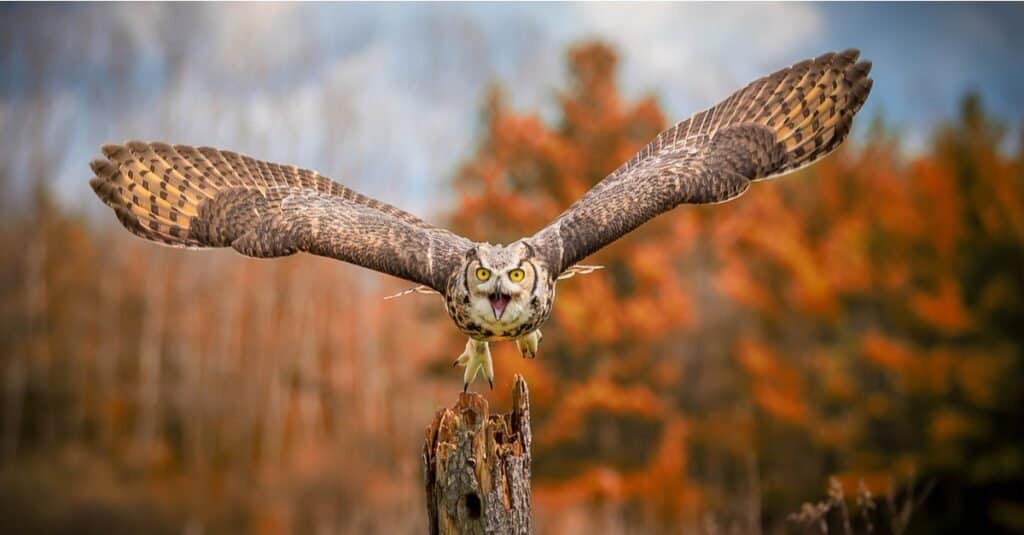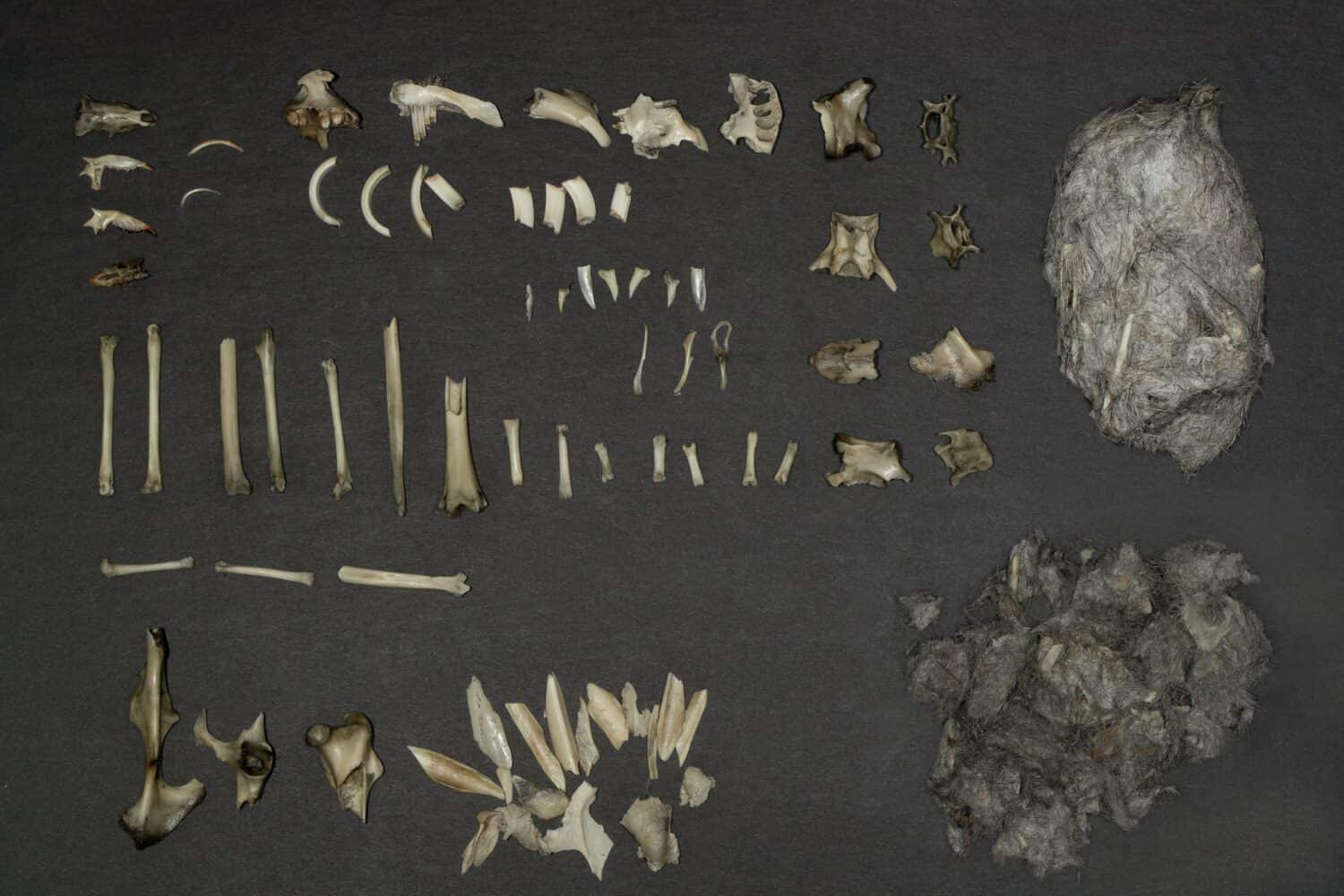In this incredible video, we come across a beautiful barred owl sitting in the snow. When it takes off, we see a large squirrel gripped in its talons. The bird flies to a tree to enjoy its meal. Watching this creature carry its prey with ease is awe-inspiring! The barred owl’s name comes from the gorgeous pattern across its wings. This species, found in North America, is one of about 250 different species across the world. Antarctica is the only place owls aren’t found. Let’s learn more about these amazing birds before watching the video at the end!
Watch the Incredible Video Below!
How Much Can Owls Carry?
Knowing how much any bird of prey can carry depends on its size. Larger birds have larger, stronger wings and talons. This allows them to lift more. For instance, a great horned owl can carry two to three times its body weight. That’s up to nine pounds! Smaller species, like the elf owl, can carry only about half their body weight.

Great horned owls can carry two to three times their body weight.
©Imran Ashraf/Shutterstock.com
Size alone does not determine how much a bird can take off with. The environment is also a key factor. Flying through rain or in high wind means they cannot carry as much as when flying in clear weather. This is because it takes more energy to balance in these situations. Balance is very important to flight.
How Do They Fly Silently?
The fact that these birds use silent flight to avoid detection by their prey is well-known. The adaptations owls have developed to do this are less widely known.
According to the National Audubon Society, there are several features owls have to fly silently. One is that the wings themselves are very large compared to the size of the body. This allows these birds to fly slower than other birds. They glide through the air with very little flapping of the wings. The shape of the feathers is also a factor. Unlike other birds, they have a comb-like shape at the ends that cut through the air. This removes the sound caused by air flowing over the wings. The feathers are very soft, which allows them to be less resistant and more streamlined. The factors together create a silent, smooth flight.
Are Squirrels Normal Prey for Owls?

Owl pellets help researchers determine what they have eaten. These are from a great horned owl.
©Agnieszka Bacal/Shutterstock.com
Yes! Owls target squirrels of all species, from chipmunks to flying squirrels. These birds eat a great variety of prey items depending on their size and location. Anything from insects and rodents to snakes and frogs is a great meal for them. Some of them even eat fish or other smaller birds! With the human race ever expanding our territory, some owls even take our small dogs or cats as prey. These birds are excellent hunters. They are stealthy and fast. An animal is likely to become an owl’s next meal before they even realize there is a threat.
Many of these birds swallow their prey whole, then vomit up the parts they can’t digest. This mass of fur and bones is called a pellet. Pellets are often found on the forest floor beneath nests. These waste products can give researchers an idea of what the owl has been eating. They can also use the pellet contents to analyze the DNA of the animals that were eaten!
The photo featured at the top of this post is © Jim Cumming/Shutterstock.com
Thank you for reading! Have some feedback for us? Contact the AZ Animals editorial team.







